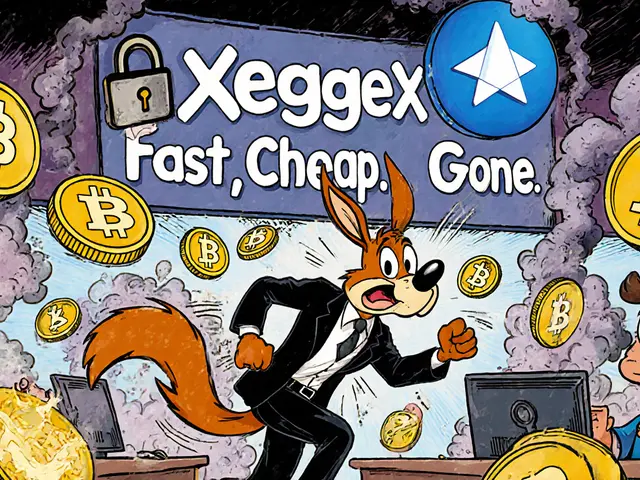Smart Contract Vulnerabilities: Common Flaws and How to Avoid Them
When you interact with a smart contract, a self-executing program on a blockchain that runs without human intervention. Also known as on-chain code, it’s meant to be trustless—but if it’s poorly written, it becomes a target. Every time you stake, swap, or lend using DeFi, you’re trusting code that can’t be changed after deployment. And if that code has a flaw, your money could vanish—no bank to call, no customer service to help.
Some of the most dangerous reentrancy attacks, a hack where a malicious contract calls back into the original contract before the first transaction finishes have drained billions. The infamous DAO hack in 2016? That was reentrancy. Another common flaw is integer overflow, when a number gets too large and wraps around to zero, tricking the contract into giving away more than it should. Then there’s front-running, where miners or bots see your transaction and slip in their own to profit before yours executes. These aren’t theoretical. They happen daily on less-audited chains.
Most projects skip proper smart contract audits, independent reviews by security firms that test code for weaknesses before launch because they’re expensive or slow. But skipping them is like leaving your front door open and hoping no one walks in. Even big names have fallen—Parity Wallet, Poly Network, Ronin Bridge—all breached because of avoidable mistakes in the code. You don’t need to be a coder to spot red flags. If a project has no public audit report, or the audit is from an unknown firm, treat it like a risky investment.
It’s not just about the code itself. Poorly designed access controls, rules that decide who can change contract settings are another major weakness. If the owner key isn’t properly secured—or worse, if it’s centralized—then the whole "decentralized" system is just a facade. That’s why some of the worst losses come not from hackers breaking in, but from insiders misusing their power.
What you’ll find in the posts below isn’t theory. It’s real cases. You’ll see how Solrise Finance’s near-zero trading volume and lack of updates hint at deeper issues—projects that never got audited or improved. You’ll learn how unlicensed blockchain operations can expose users to risk, and why even well-known platforms like Aave and Compound invest heavily in security. These aren’t just trading tips. They’re survival guides for anyone using DeFi today. Whether you’re holding a token, staking yield, or trying an airdrop, understanding these flaws keeps you one step ahead of the people trying to take your money.







Categories